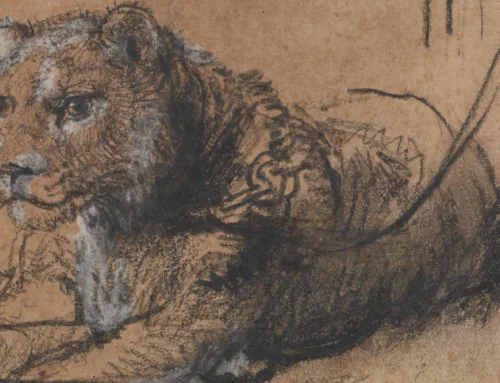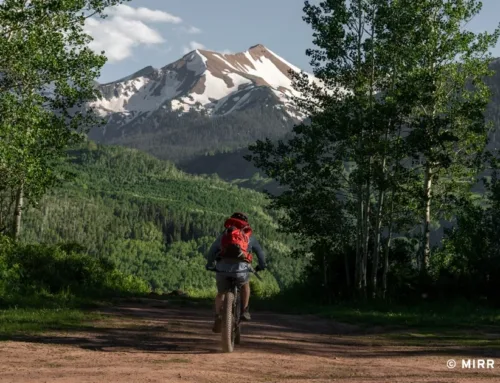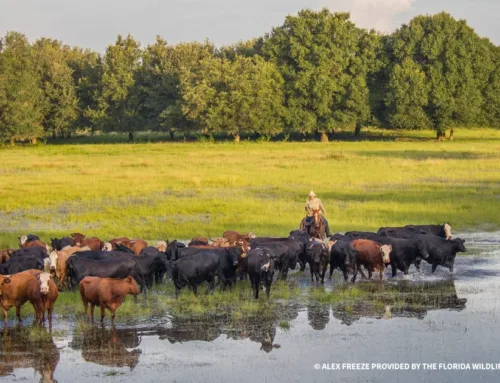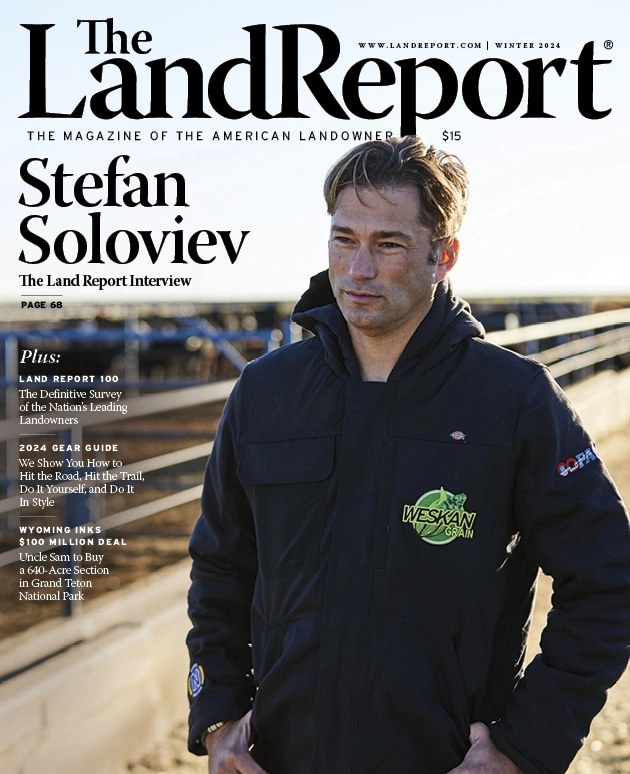Deep in the Heart of Texas
Deep in the Heart of Texas
By Cary Estes
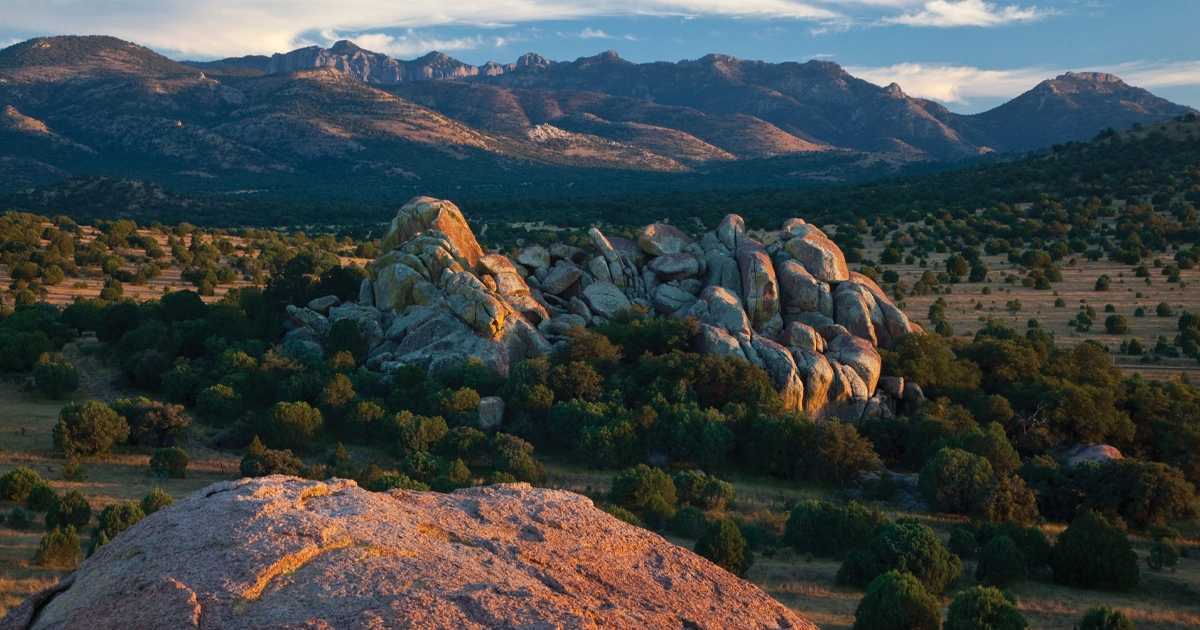
LR_Mount Livermore-01
DAVIS MOUNTAINS PRESERVE. King took the lead in protecting this 32,844-acre high-elevation ecosystem in Far West Texas.
James King readily admits that the term conservation easement doesn’t always go over that well in Texas. In fact, some people have a difficult time even saying the words.
“When I first met one of my clients, he called conservation easements ‘those conservancy things’ and ‘those nature things.’ He couldn’t even say the term,” King says with his trademark chuckle. “Probably 20 percent of the buyers out there would never have anything to do with a conservation easement. They’re just averse to the whole concept.”
The Threat of Fragmentation
That is an obstacle that King says is important to overcome in Texas, since approximately five percent of land in the state is publicly owned. This means more than 160 million acres are subject to private development. “The real threat is fragmentation,” King says. “Texas is being carved up at an unbelievable rate. Meanwhile, our growth rate is unbelievable. If we don’t do conservation now, it may never happen. So that’s why there is an urgency about getting this stuff done sooner rather than later.”
Conservation easements have been a priority for King for more than 35 years: first as the director of land protection for The Nature Conservancy and then, since 2008, through his brokerage work at King Land & Water. He says the key to winning over skeptics often is simply a matter of providing careful communication about exactly what a conservation easement entails.
“There is that fear sometimes, but it’s just a lack of knowledge about what the actual conservation easement restrictions are going to do,” King says. “A lot of this is just folklore. Everybody thinks that, ‘Oh, well, that means the public can come out here.’ No, it does not. I’ve worked on hundreds of easements, and nearly all explicitly say, ‘No public access.’ That’s [rarely] part of the deal.
“The holder of the easement comes out once a year to monitor – the visit is scheduled in advance – and these land-owners actually become friends with the organizations that hold these easements. They help them with grassland restoration, prescribed burning, bird-watching, nature tourism, and hunting.”
A Win-Win Proposition
Once the facts are presented, King says the prospect of a conservation easement often seems more enticing to Texas landowners. That is exactly what happened to his client who originally wouldn’t even say the phrase.
“Over a year and a half of riding around with him, talking about exactly what the easement is going to look like and what it’s going to prevent him from doing, it didn’t bother him because he realized he wasn’t going to cut his ranch up into five-acre ranchitos in the first place. That was never his plan,” King says. “If he could get some economic benefit and also do something good at the same time, then it’s a win-win.
“Once this client bought a ranch on the Devils River, did an easement, and then sold it and made money doing it, he was like, ‘Wow.’ He bought another ranch on Blanco Creek near San Antonio, and we sold that easement to the City of San Antonio. He did well on that one too. Now he’s bought another ranch on the Lower Pecos.”
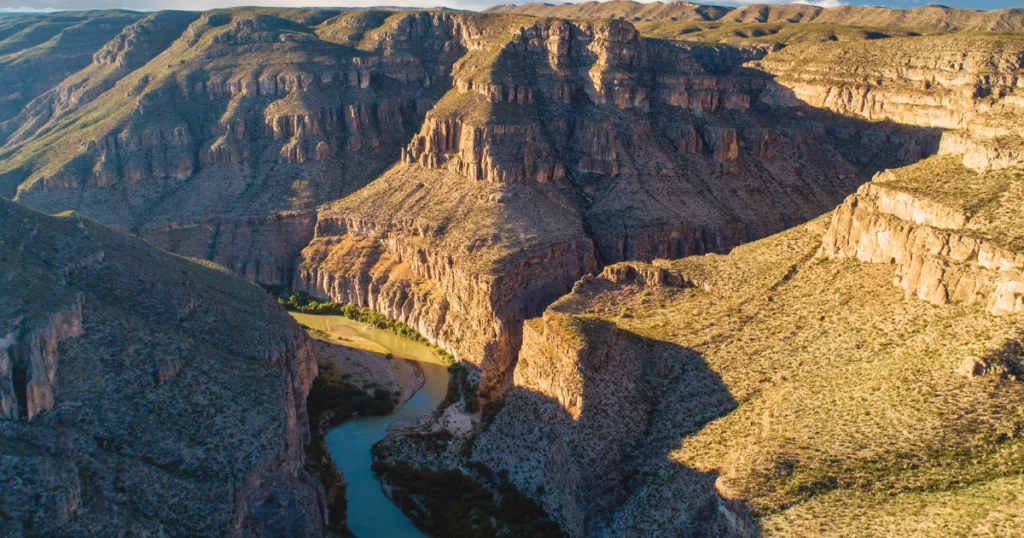
BREWSTER RANCH. Brad Kelley spent decades assembling this 353,494-acre behemoth. The Kings are helping him find one buyer.
Private-Property Rights
Still, changing minds isn’t like changing TV channels. For many private landowners, the most important word is private. Texans don’t like outsiders telling them what they can and cannot do with their property, which is an assumption some have with conservation easements. It takes a deft touch to shift their perspective on how the process works, which is something King has excelled at over the years.
“Private landowners can be very protective of the resources that they own. They feel like what you do with your land is a personal thing,” says David Bezanson, who has worked with King as the land protection strategy director for The Nature Conservancy. “But they’re often not very familiar with how to do conservation and the funding options that they have. They need trusted advisers who have experience in conservation programs and methods.
“James has found many ways to work with landowners and encourage them to accomplish conservation outcomes. He plays that role in his business. He talks with landowners about what they’re trying to accomplish with conservation and finds methods that will help them do that. It’s important to understand how landowners feel about things and talk about conservation in ways that resonate with them, and James does that.
“Plus, funding is limited for conservation in Texas, so it takes a lot of creativity to do it. After working for The Nature Conservancy, James knows how to use all the tools we have in the toolbox for conservation,” Bezanson says.
Hill Country Conservancy
Chris Harte discovered this firsthand seven years ago when he approached King about setting up a conservation easement on acreage he owns northwest of Austin. A native of Corpus Christi, Harte took over land that had been in his family since the 1970s and added to it until it reached 1,100 acres.
“I wanted to do a conservation easement, but I was frustrated about not knowing how to navigate the process,” Harte says. “James has the great combination of real estate expertise, but since he started out at The Nature Conservancy, he also has experience as a conservationist. He knows the ins and outs of dealing with the Natural Resources Conservation Service, the US Department of Agriculture, and the various land trusts in Texas. By now he knows this process like the back of his hand.”
With King’s help, Harte established a conservation easement with the Hill Country Conservancy on 500 acres of his property. Harte was so pleased with the results that he recently contacted King to help set up an additional easement on the rest of his property.
“There are some restrictions, but I’m still able to enjoy this land and use it in all the ways that I want to for recreation, nature, and restoration,” Harte says.
King acknowledges that establishing a conservation easement can be complex and time-consuming. He says the Natural Resources Conservation Service’s easement application “will make you go cross-eyed it’s so complicated,” and that the entire process “is like a Rubik’s cube.”
Protecting Natural Resources
“In the end, you want a conservation easement that addresses the natural resources you’re trying to protect. That’s the ultimate goal,” King says. “But in doing that, you have to satisfy the landowners’ financial needs, and you also need to be able to have enough development rights to ranch, to hunt, and to do things in the future.”
It is a task that King currently is passing along to his son, Harrison, who runs the King Land & Water office in Austin. James King says his son shares his passion for using conservation easements as a way to protect the Texas land they both call home.
“It fits in with our belief system of conservation. We truly believe it, and we get excited,” King says. “Harrison and I, we get on a new ranch, and we’re working on a conservation easement, and we have an opportunity to affect the long-term protection of that land. What a great feeling. It pales in comparison financially to our ranch-brokerage business, but it’s the heart of what we do.”
Published in The Land Report Summer 2024.
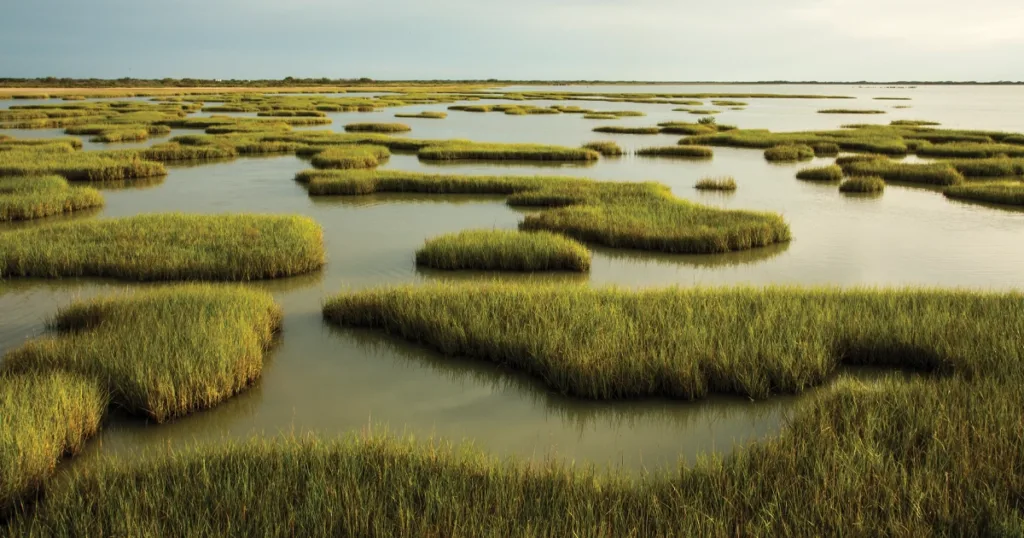
POWDERHORN RANCH. It took King 13 years to build the partnership that ultimately acquired this coastal wetland.


